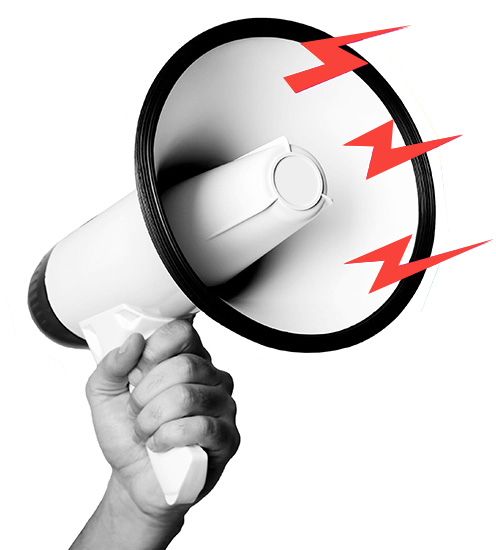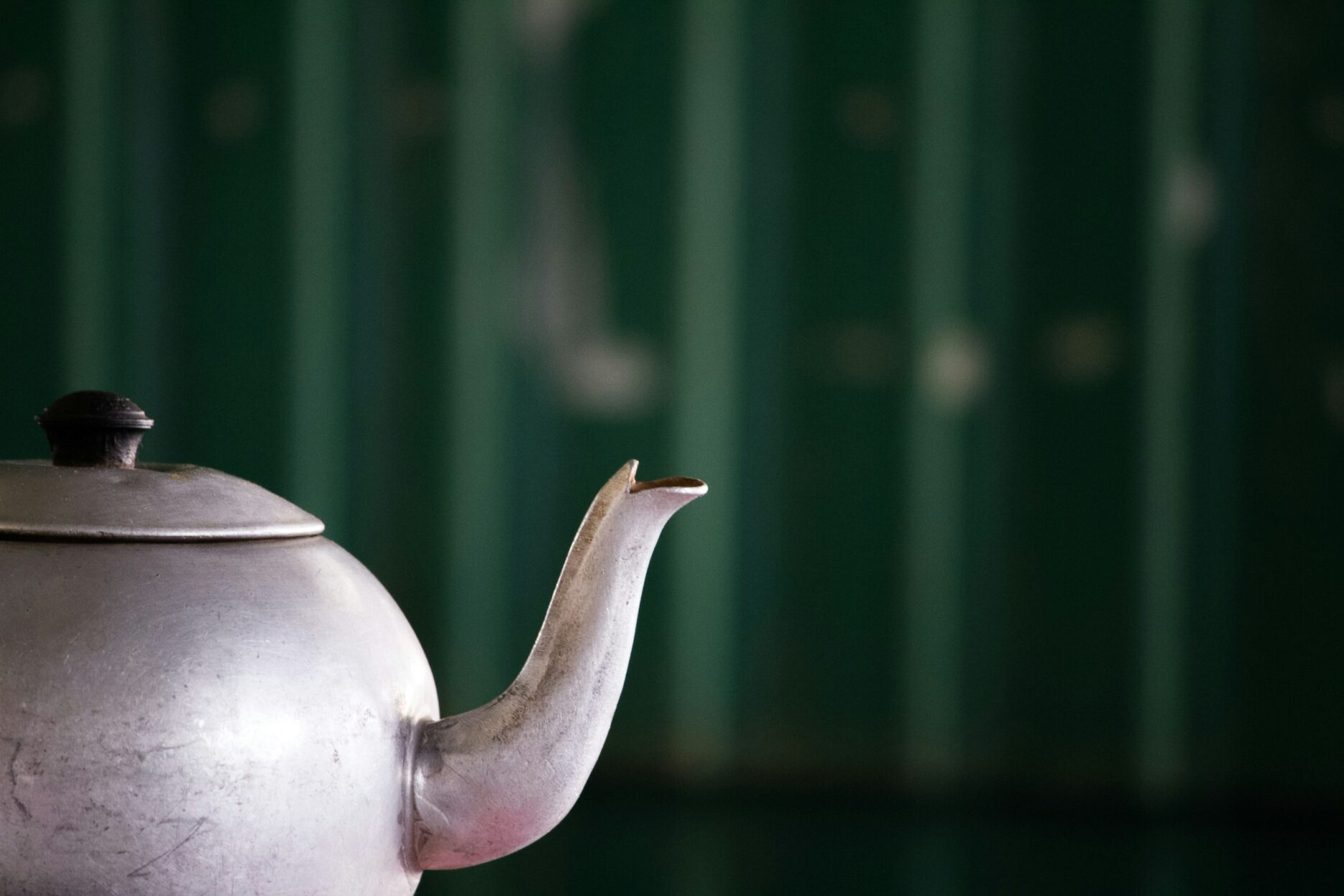You may have seen Chinese people asking for hot water or kettles, even if not drinking tea, and it is common for airports in China to provide hot water alongside normal drinking water. Drinking hot or warm water has become a stereotype for Chinese people, regardless of generation. There are reasons in historical, cultural and medical roots. Ancient texts in medicine and wellness observed that hot water can bring more “yang” into the balance of the body, while many believe hot water can help with digestion and circulation, hence the meme of boyfriends telling girlfriends to “drink hot water”, whatever their ailments are.
However, despite recommendations in ancient texts, the widespread custom of drinking hot or warm water is more recent than most think. Back then, fuel was precious, and most people wouldn’t be able to afford to drink hot water every day, as water was boiled almost exclusively for cooking. For those who could afford it, hot water would be consumed mostly in the form of tea. It was not until the 1950s that drinking plain hot or warm water became the norm in China.
After the Chinese Civil War and the founding of the People’s Republic, the new Communist government decided to quickly increase the hygiene standard in rural areas and launched several “Patriotic Hygiene Campaigns” from the 1950s to the 1970s, targeting diseases like cholera or diarrhoea etc. Studies also suggest that the campaign is a reaction to the alleged “biological warfare” by the United States in North Korea during the Korean War (1950-1953).
These campaigns established the best practices of boiling water to kill germs before drinking and integrated it in the cultural consciousness of generations of Chinese people. A close analogy is how people in medieval England drank beer instead of water, even children, believing water was easily contaminated. In comparison, hot water looks like a healthier option. And in fact, on hotter days, there is also “cooled boiled water” available, if you don’t want to drink iced water.




